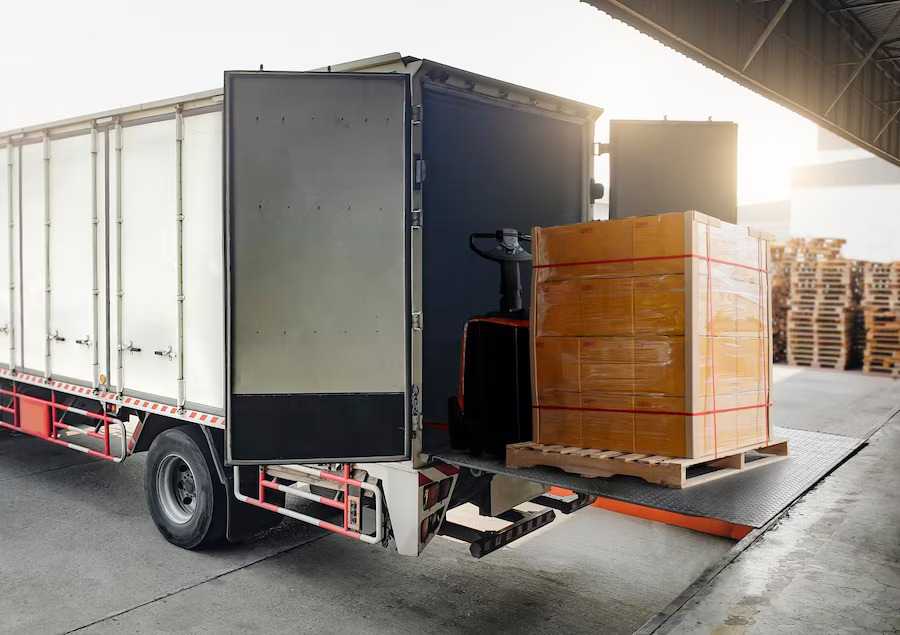Picture this: You’ve got a fantastic product ready to hit the market, but getting it from the manufacturer to the end consumer seems like a logistical nightmare. You don’t have to worry because we are living in the world of supply chain management, transloading, and distribution services are here to save the day.
What is Transloading and Distribution?
Transloading involves transferring goods from one mode of transportation to another – think moving cargo from a train to a truck or vice versa. Moreover, this process eliminates the need for direct shipping routes, making it a flexible and cost-effective solution.
On the other hand, distribution focuses on the strategic placement of goods to ensure efficient delivery to various locations, whether it’s regional warehouses, retail outlets, or directly to consumers’ doorsteps. It’s the art of getting products to the right place at the right time.
Why Do People Go for These Services?
Enhanced Efficiency: One of the key reasons businesses opt for transloading and distribution services is the improvement in operational efficiency. By utilizing these services, companies can leverage the expertise and resources of logistics providers, which leads to faster and smoother movement of goods through the supply chain.
Cost Savings: Transloading can significantly reduce transportation costs. Instead of relying solely on one mode of transportation (like trucks or trains), businesses can choose the most economical option for each leg of the journey. Moreover, strategically located distribution centers cut down on last-mile delivery costs, making it more economical for businesses.
Wider Reach: Distribution services are a game-changer for businesses eyeing expansion into new markets or regions. A well-established distribution network allows products to reach remote areas efficiently, broadening the customer base and boosting sales.
Inventory Management: Transloading and distribution services offer better inventory control. By strategically placing stock in different distribution centers, businesses can reduce inventory holding costs and minimize the risk of stockouts.
Faster Delivery Times: With transloading and distribution services, products can go to customers shortly after production. Faster delivery times drastically reduce lead times and ensure timely delivery, resulting in happier customers and increased customer loyalty.
What is the Process Like?
Step 1: Planning and Coordination
The process starts with meticulous planning and coordination. Businesses collaborate with transloading and distribution service providers to determine the most efficient transportation routes, modes, and suitable distribution centers.
Step 2: Transloading
When the goods arrive at the designated transloading facility, they are unloaded from the initial mode of transportation. The service provider then expertly transfers the cargo to the next mode of transportation, whether from a train to a truck, truck to ship, or any other combination.
Step 3: Inventory Management
The products are then taken to strategically located distribution centers. Here, inventory management wizards take control, ensuring that stock levels are optimized and goods are ready for swift delivery.
Step 4: Last-Mile Delivery
This final leg of the journey involves transporting the products from the distribution centers to the end consumers. An efficient distribution network expedites this last-mile delivery, meeting the promised delivery time.
Step 5: Monitoring and Feedback
Throughout the process, businesses, and service providers keep a close eye on the movement of goods. Advanced tracking systems help monitor shipments in real-time, ensuring transparency and the ability to make necessary adjustments if any hiccups occur. Moreover, customer feedback is gathered to improve the logistics process and enhance customer satisfaction continuously.






